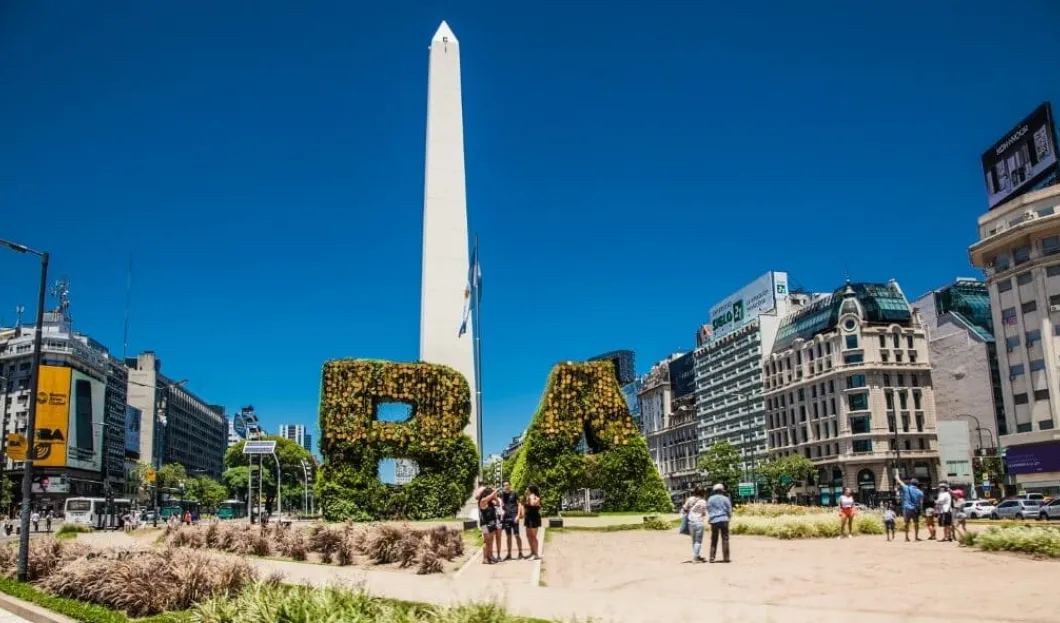
In May, hotel occupancy in Argentina fell by 24.7% year-on-year due to a decrease in the number of tourists and the purchasing power of local travelers.
According to the latest data from the National Institute of Statistics and Census (INDEC), approximately 2.4 million overnight stays were recorded in hotel and para-hotel establishments during the year's fifth month. The report also indicated a drop of 28.0% and 12.2% in the nights resident and non-resident travelers stayed, respectively. The price increase in dollars, attributed to the stable dollar and inflation in pesos, has reduced tourist visits to neighboring countries.
According to tourist regions, Buenos Aires had the highest percentage of overnight stays in the month, with 27.6%, totaling 297,146 people. Patagonia followed with 17.1% and 183,770 guests.
The decline in hotel occupancy is a direct consequence of the devaluation, making it more expensive for foreign tourists to vacation in Argentina.
In June, the number of foreign tourists arriving in Argentina was 110,000 less than the same month last year, representing a significant 25% drop. When considering the data for April and May as well, there were a total of 400,000 fewer tourists traveling to Argentina.
This decline, caused by the increased cost of visiting Argentina in dollars, was mainly observed in visitors from Uruguay, Chile, Paraguay, the United States, Spain, and France.
The hotel sector in Argentina has been growing, but not as rapidly as it has been worldwide. To attract more foreign tourists to the country, experts believe that a significant increase in supply, better infrastructure, and improved air connections should be implemented. Despite being the eighth largest country in the world in terms of land area, Argentina currently offers very few tourism services.
However, the existing infrastructure is not fully utilized due to the recession and decreased demand from international travelers.
According to INDEC data, the highest monthly hotel occupancy rate (TOH) was observed in 4 and 5-star hotels at 43.9%, followed by three-star hotels, apartments, and boutiques at 33.0%. During weekends, the highest room occupancy was in 4 and 5-star hotels at 41.4% and in three-star hotels, apartments, and boutiques at 34.2%.














